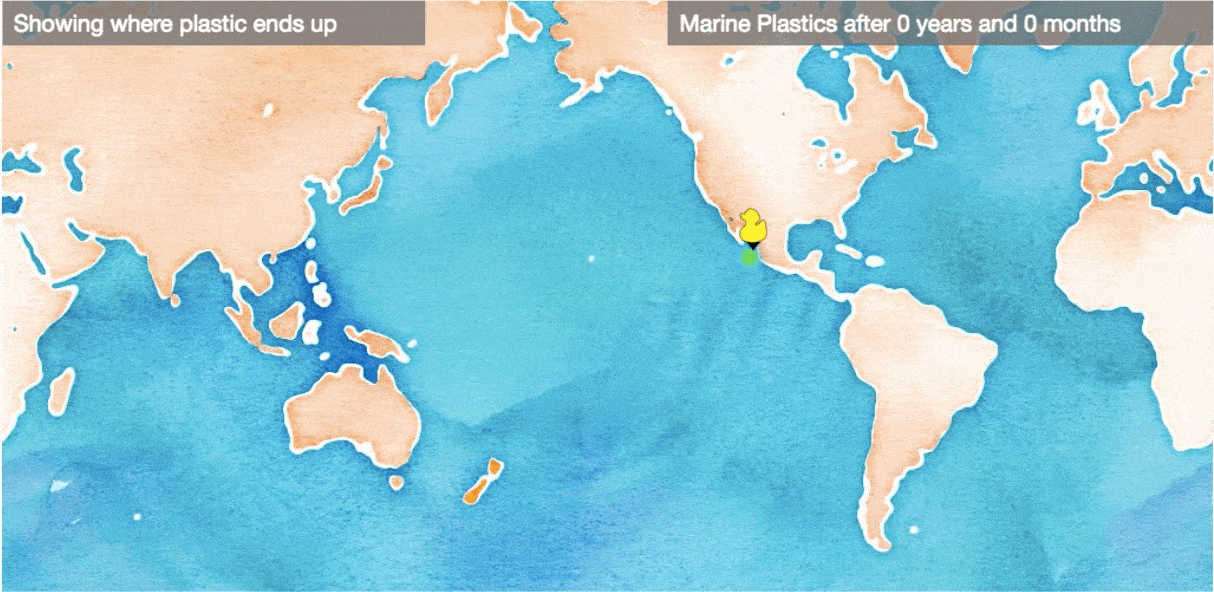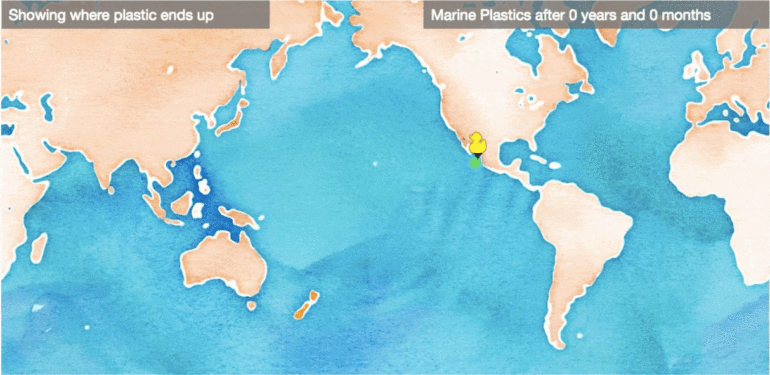This week’s Friday Smorgasbord has a conservation feel to it. We didn’t set out that way, but these compelling videos that captured our attention just set the theme. We first start with just where that plastic in our oceans ends up, then looking at the value of the Great Barrier Reef, a reef rescue program in Florida and why whales are so darn big. Enjoy!
Plastic Adrift
 We’ve discussed the plastic problem we have in our oceans and know about the massive plastic garbage patch in the Pacific, but how did we get here? Plastic Adrift is a great website that shows where plastic goes when you drop it into the ocean. Just go to the website, click on the map and it will show you how it accumulates over time.
We’ve discussed the plastic problem we have in our oceans and know about the massive plastic garbage patch in the Pacific, but how did we get here? Plastic Adrift is a great website that shows where plastic goes when you drop it into the ocean. Just go to the website, click on the map and it will show you how it accumulates over time.
[via Plastic Adrift]
Simply Priceless
How can you put a value on something like the Great Barrier Reef? Some might argue that Australia’s beloved Great Barrier Reef is a priceless natural wonder, but economists have just placed a number on its monetary value. Accounting for factors like the reef’s contribution to tourism and fishing and even the amount that people value it simply for existing, they’ve estimated that its worth is a total of $42.4 billion in a new report, commissioned by the Great Barrier Reef Foundation and prepared by Deloitte Access Economics.
Helping Florida’s Reefs
Here is a video from CBS This Morning showing how the University of Miami developed a coral restoration program using “citizen scientists” to support restoration activities to restore local staghorn coral (Acropora cervicornis) populations on Miami’s coral reefs. Dubbed “Rescue A Reef” it provides a unique, hands-on education experience for recreational divers and snorkelers to participate in coral restoration efforts.
How’d They Get So Big?
Whales are big, we get that, but why? This handy animation shows just how whales got to be the size they are. It all has to do with having enough energy stored to make long journeys.



